On 3 December, we had an interesting debate on why extended planning and analysis (xP&A) is...
Business plans often take months to pull together and, in many ways, are outdated by the time the ink dries. We need a better approach to deliver long-term value. Moving from FP&A to Extended Planning is one way to achieve this.
The Houston FP&A Board met on October 20, 2022, at Three Post Oak Central in central Houston. The purpose of the meeting was to address moving from FP&A to Extended Planning and Analysis (xP&A).
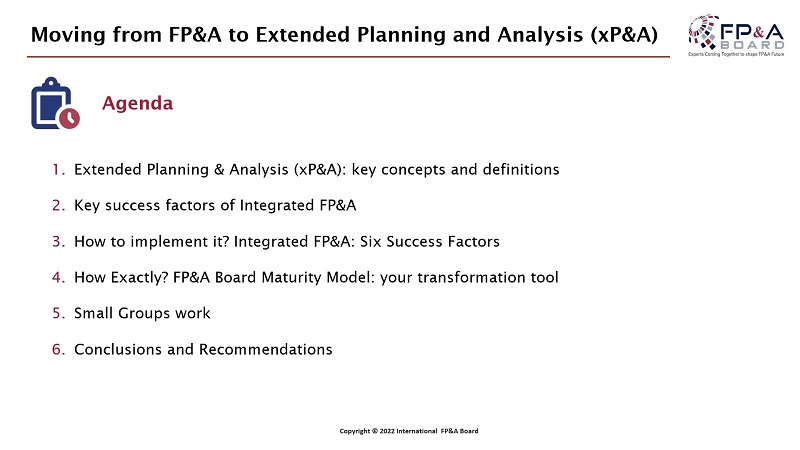
Figure 1: The Agenda of The FP&A Board Meeting on the 20th of October, 2022
Kick-Off and Introductions
As we kicked off the meeting, the attendees were asked to introduce themselves and answer the biggest challenge of FP&A. The following insights were collected according to the attendees.
Various challenges eventually centred around three themes: People, Processes, and Technology.
- People: Acquiring the right skillset (Talent), Storytelling capability, Project Tracking, and Agility.
- Process: Establishing xP&A at an enterprise level, obtaining the right (meaningful) assumptions, implementing Change Management and getting leadership to mature technology, which happens too slowly.
- Technology: Data Integrity challenges, fragmented data, technology transformation (technical aspect, cost, and effort), integrated systems, lack of automation, immature technology, and leveraging artificial intelligence (AI).
We structured our discussion around four questions, namely:
- why do you have to move to xP&A;
- what is it;
- how can you do it, and
- which tool will help you do this. See the table below for an illustrative model.
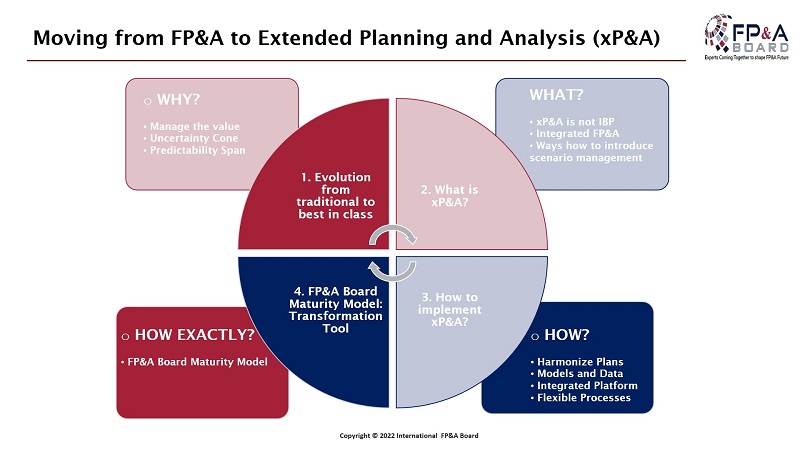
Figure 2: Why and how to move to Extended Planning and Analysis (xP&A)
Why Do the Traditional Planning Methods Not Work Anymore?
Over the course of the meeting, there was a good discussion on why traditional planning methods are no longer effective or optimal, including the enormous effort and cost to get to a level of precision that is elusive. Of the items discussed, one item that resonated with the attendees the most was the "Uncertainty Cone". The uncertainty cone essentially illustrates that our Predictability Span (PS) is shrinking, and only within PS can we plan traditionally. An evolved approach is required to handle uncertainty and multiple futures outside this span. Below is the diagram for illustration.
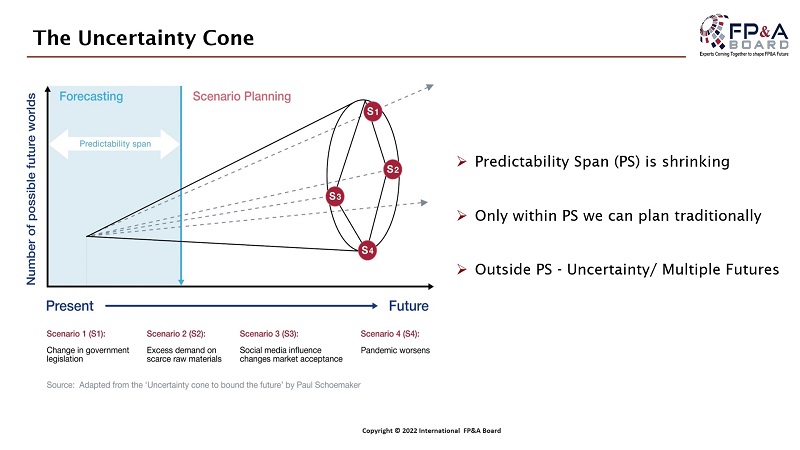
Figure 3: The Uncertainty Cone by Paul Schoemaker
How Can We Plan for Uncertainty, and How Can We Move to the Best-in-Class FP&A?
During the meeting, it was highlighted that traditional FP&A methods focus on scheduled frequencies, i.e., Q1, Q2, Q3, and often one scenario. However, given the dynamic world we live in and the integrated nature of supply chains, changing technology, pandemics, climate change, and many other risk factors, the need for change is clear to move from data to insights to decisions in an agile manner. Therefore, best-in-class FP&A is about re-forecasting and scenario management getting to real-time, multidimensional, and collaborative planning. In short, moving from a scheduled - scenario approach to an On-demand multiple scenario approach is the right way to mitigate uncertainty.
According to the meeting's facilitator, Larysa Melnychuk, Founder and CEO of the International FP&A Board at FP&A Trends Group, moving from FP&A to xP&A is the ideal approach to achieve best-in-class FP&A. Extended Planning and Analysis is a journey to analytical excellence that involves:
- "X" -> Cross-functional Planning, moving beyond Finance;
- Aligning strategic, financial, and operational plans;
- Digital Transformation (tools & processes).
How Can We Implement xP&A, and What Are the Success Factors?
Moving from FP&A to xP&A will mean balancing and synchronising plans with models and data, adopting flexible processes to adapt to change quickly, and investing in flexible platforms. It is outlined in the FP&A Maturity Model below.
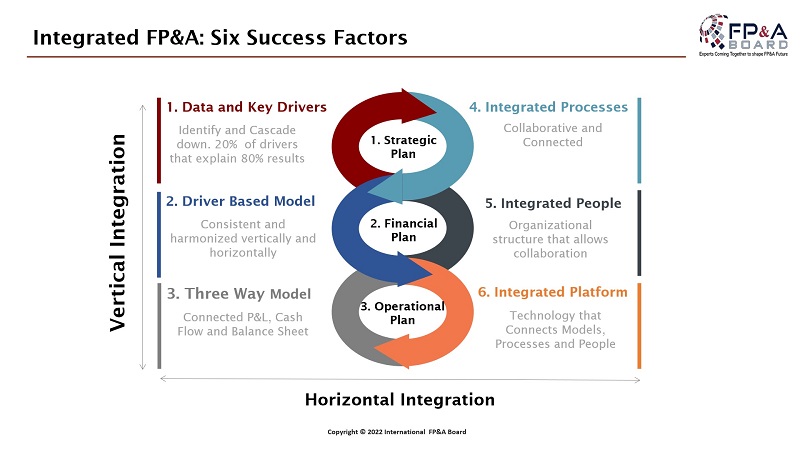
Figure 4: The Matrix with The Six Success Factors for xP&A
Group Work
The next item on the meeting's agenda was group work. Three groups were set up to discuss the practical steps for xP&A. The points of view were:
- Discuss the Data and Models aspect.
- Discuss the Systems and Processes aspect.
- Discuss the People and Culture aspect.
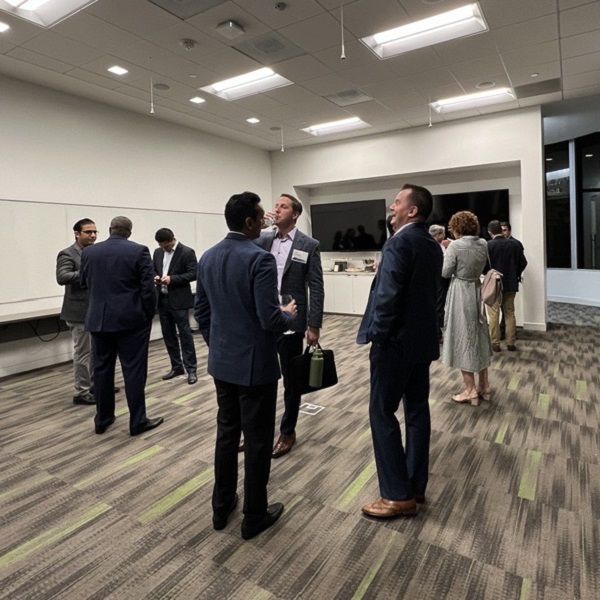
Figure 5: A Lively Networking During the FP&A Board in Houston
Comments from Data and Models aspect included the following:
- Understand the Data.
- Sources and governance key.
- What data do you need, and what data do you not have?
- Data and Model need to be connected.
- Leverage external data points.
- Common Master Data.
- Establish Data Governance.
- Data should focus on Key KPIs & Metrics.
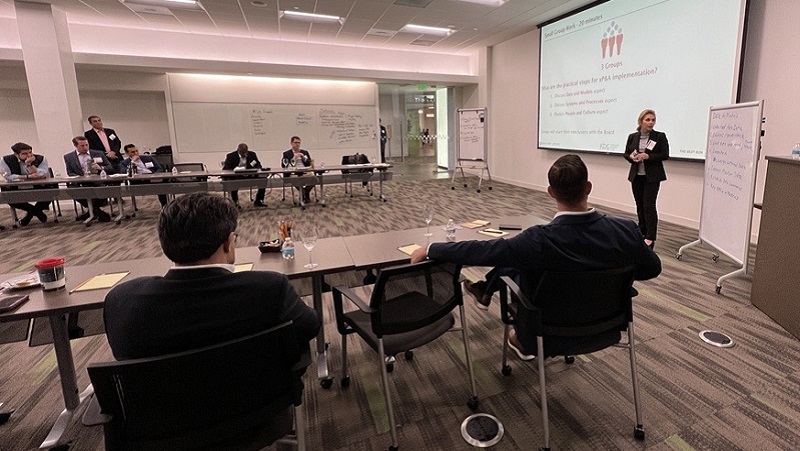
Figure 6: Summarising The Results of the Group Work
Comments from the Systems/Process & People/Culture aspect:
- Design processes and systems together.
- Leadership Leading the Change is why you can benefit from implementing Change Management.
- Dedicated team.
- NorthStar of where you are going.
Conclusion
The final item on the meeting's agenda was a conclusion. Here are the takeaways.
- The world is changing rapidly for several reasons, i.e., political situation, technology upheavals, climate, Covid, et cetera.
- These changes mean the cone of uncertainty increases and makes traditional performance management approaches ineffective.
- Moving from FP&A to xP&A provides a pathway and allows us to evolve as a profession centred around moving beyond finance and scenario management.
- Implementing xP&A is a journey, but the FP&A Board provides a roadmap and a few models to help, including the FP&A Maturity Model, the xP&A Four Corners template, and the Integrated FP&A – six success factors.
- Moving to xP&A will only succeed with Senior Management support, the right people & processes, and using the right technology where the roadmap is critical.
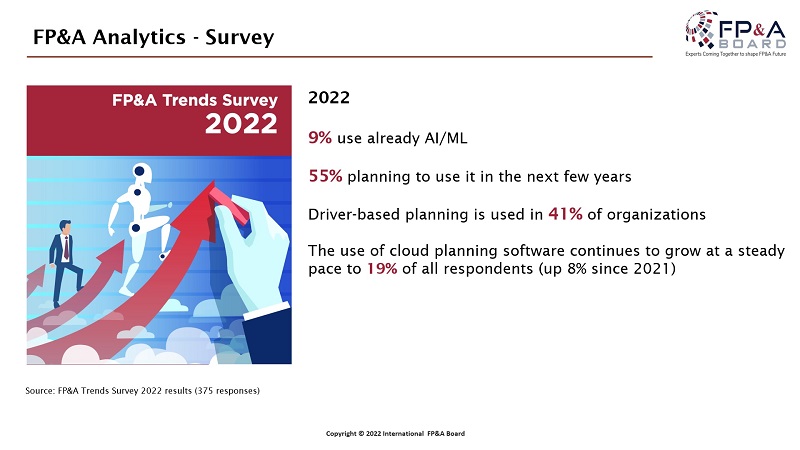
Figure 7: The Key Takeaways from FP&A Trends Group Survey
This was the first Houston FP&A Board meeting I attended, and my takeaway was that the energy in the room was contagious and filled with curiosity. The attendees displayed an energy that indicated an interest in understanding how we create value within our respective companies and how we continue to grow as a profession. Based on my observations, moving to xP&A absolutely makes sense. Still, equally, this is about our ability to evolve, learn, and lead from the front with our actions as the premier performance management function. The model will continue to develop, therefore, living the principles and adopting new ways of working beyond Finance unconstrained by silos and fixed mindsets will win in the long term. It is the richness of the discussions that makes board meetings like those in Houston and other locations worthwhile to attend.
I would like to thank the attendees and sponsors for engaging in an enjoyable and informative meeting.
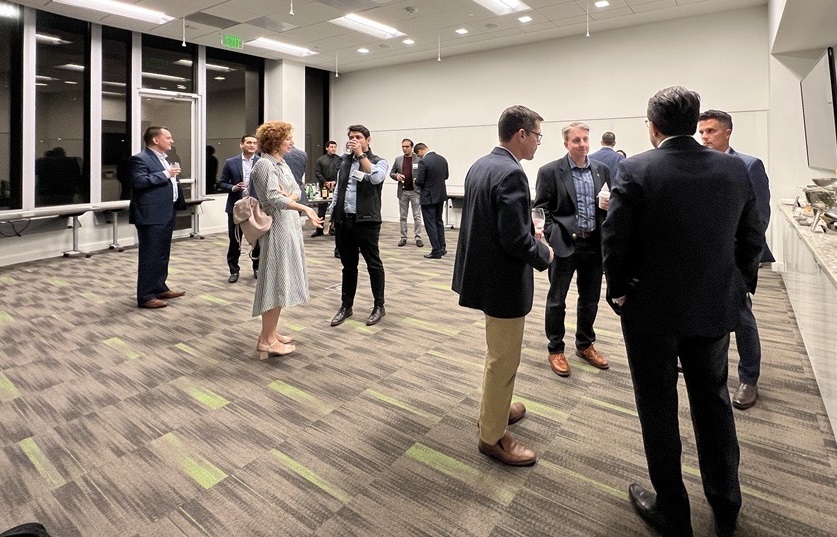
Figure 8: The Attendees Enjoyed Networking After the Event
Subscribe to
FP&A Trends Digest

We will regularly update you on the latest trends and developments in FP&A. Take the opportunity to have articles written by finance thought leaders delivered directly to your inbox; watch compelling webinars; connect with like-minded professionals; and become a part of our global community.



